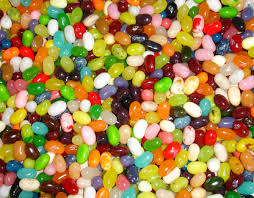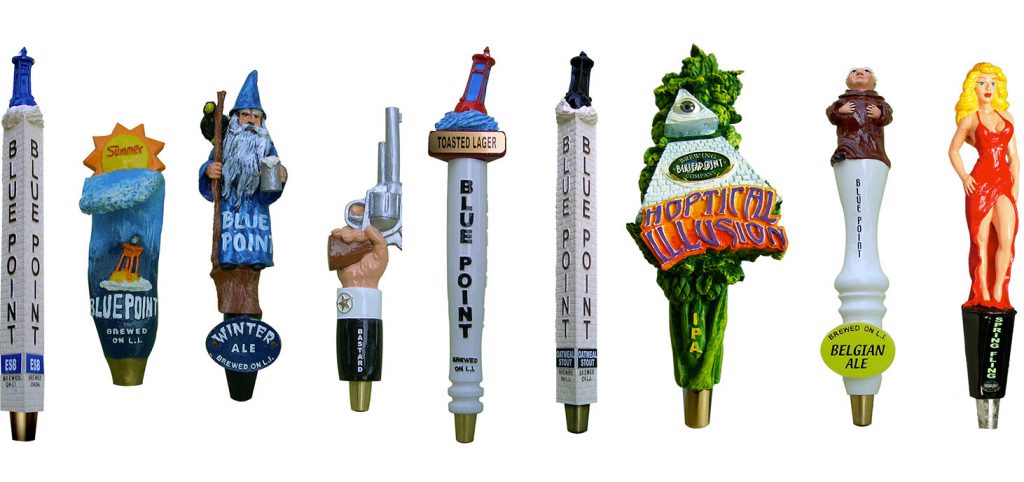Choices.
As a kid in the business I read a great book on business to business advertising. It gave an example of what a purchasing agent is up against when buying an expensive piece of industrial equipment. The agent puts together a side-by-side chart of all the specs and benefit statements for the two final vendors under consideration. More often than not, commerce being what it is, it’s a draw. The book suggested, absent a clear winner, the logical mind takes over. The personal logical mind, that is. In order to make a decision with so many variables, the purchaser decides which of the variables is most important. Which of the 20-30 variables is the one upon a which the decision will be made.
I was reading about Harvard’s selection process yesterday and it’s pretty complicated. SAT scores, other testing scores, GPA, ethnicity, alumni parents, future ability to donate, interview performance essay, geo-social background are all evaluated. Not unlike the chart from the book. Choices.
Brand strategy development is not dissimilar. We look at a multitude of “care-abouts” and “good-ats” and decide how to best organize the selling principle. Brand strategy helps marketers make the tough choices. It helps brands make the right choices.
Peace.


